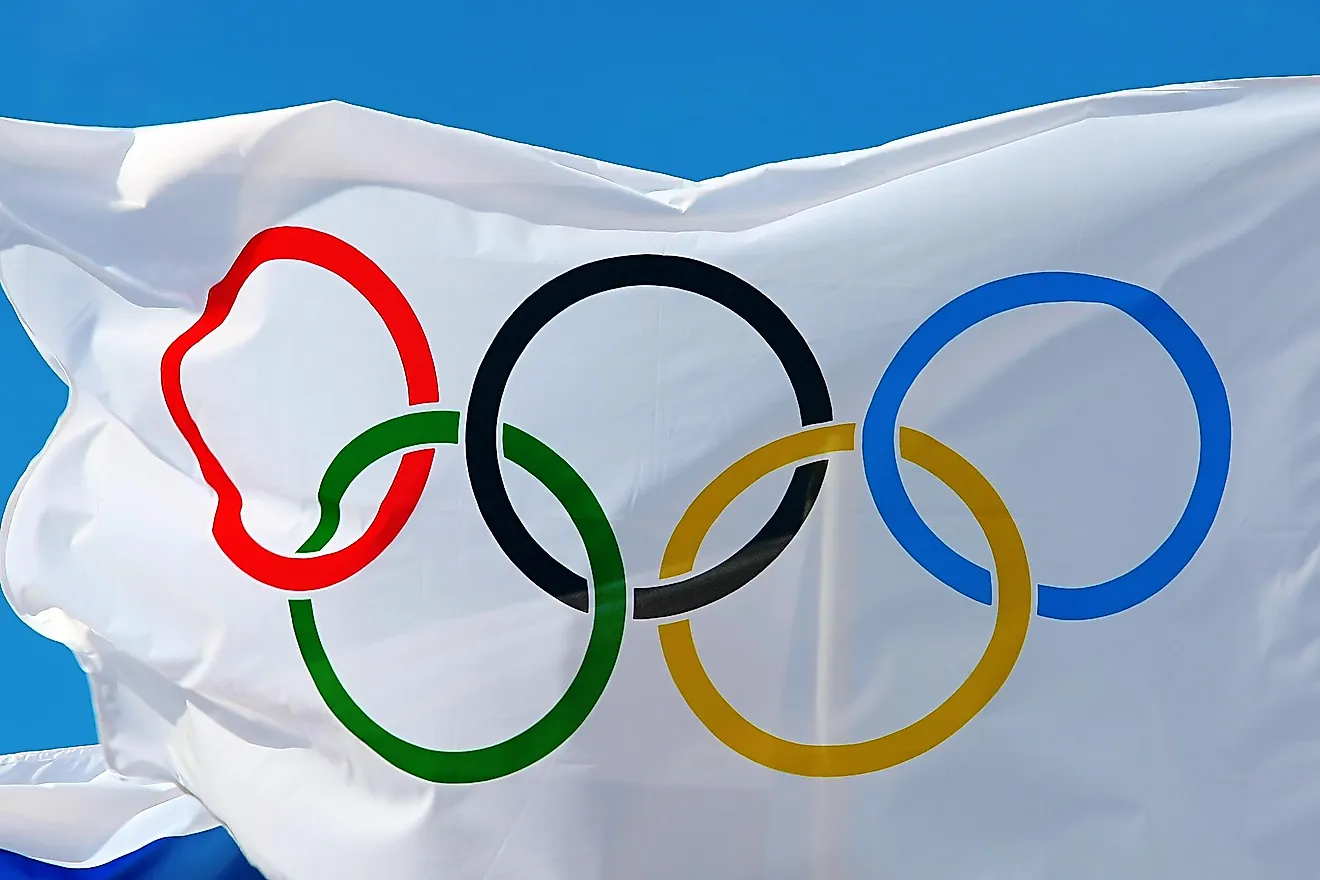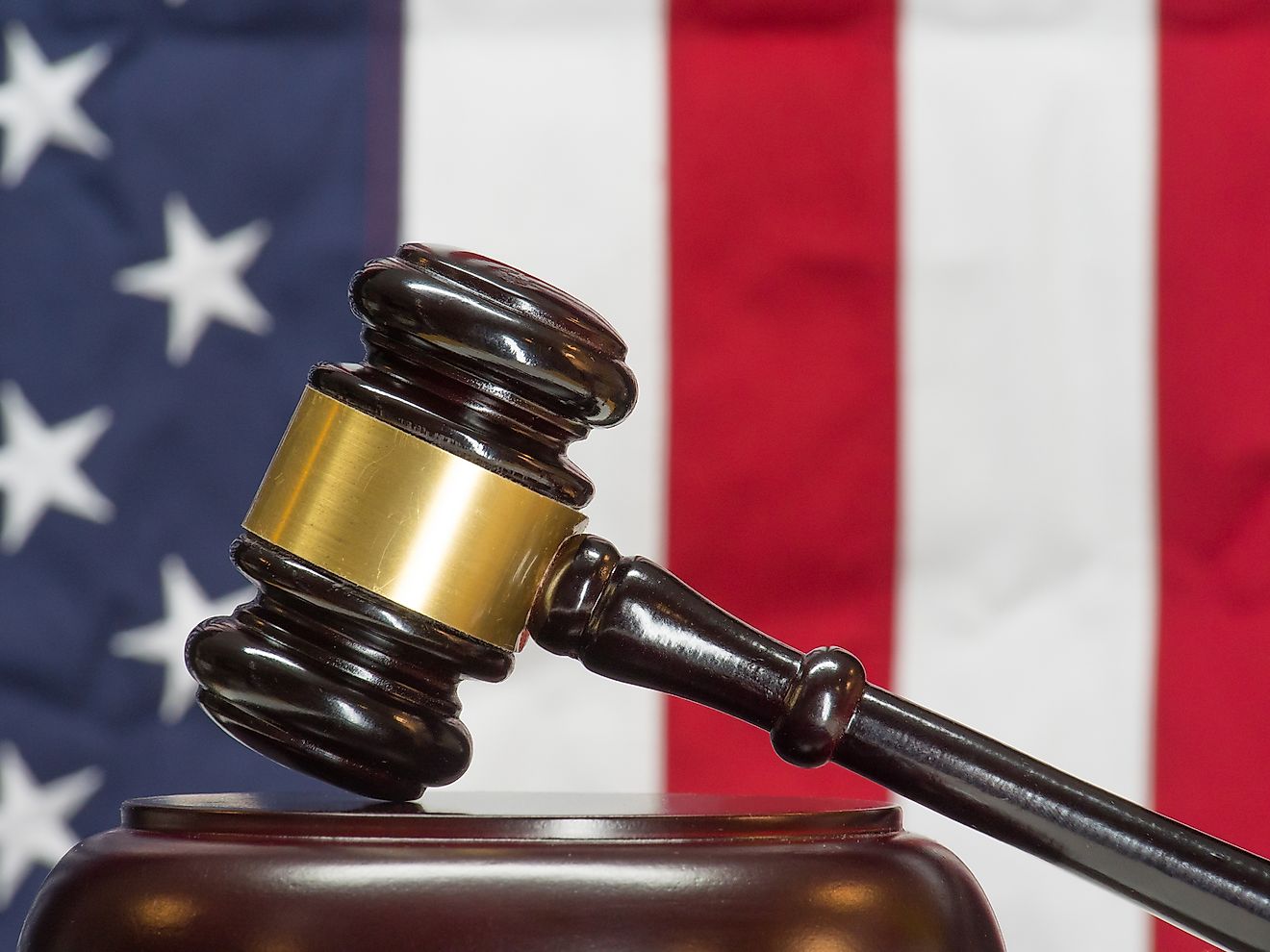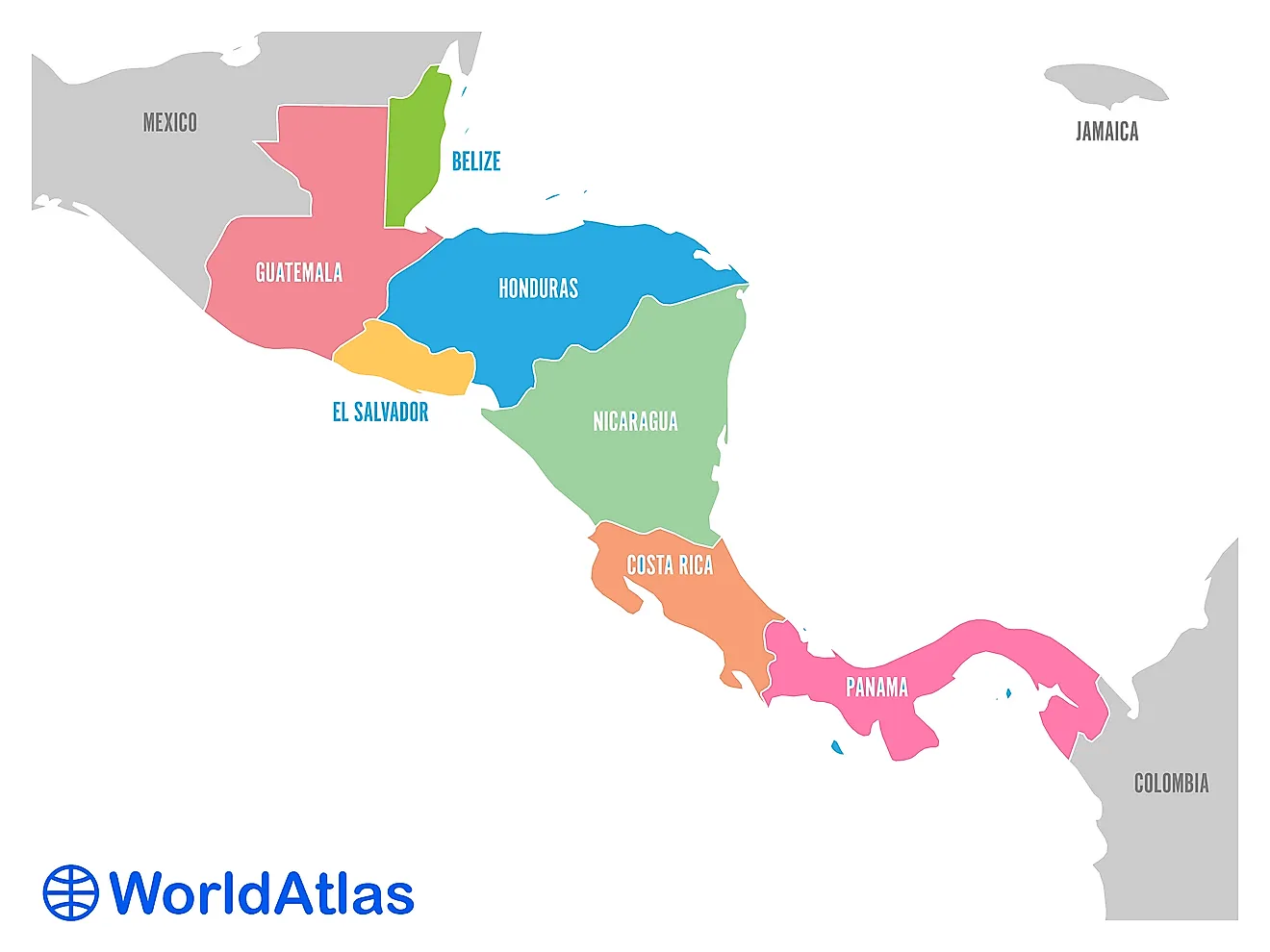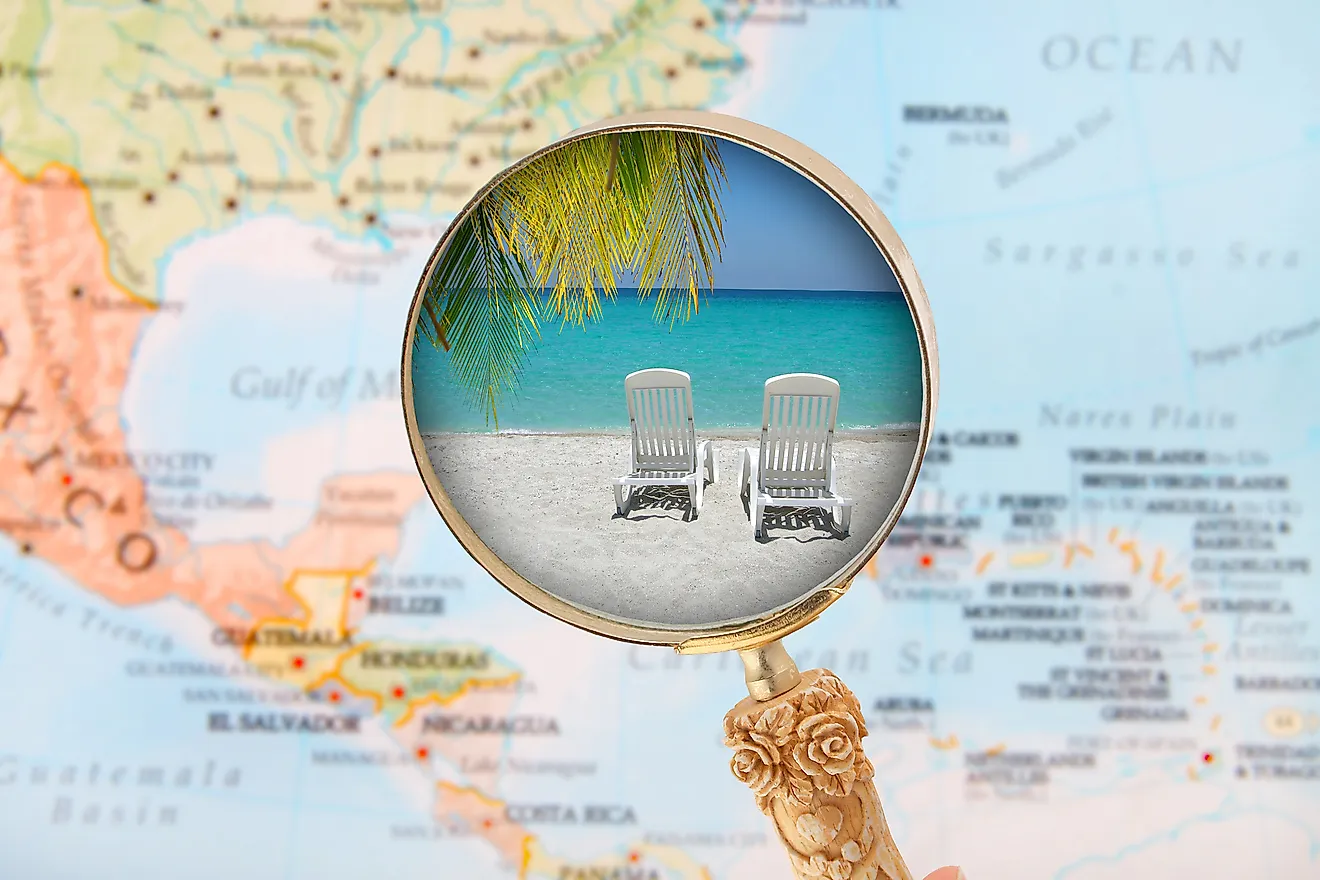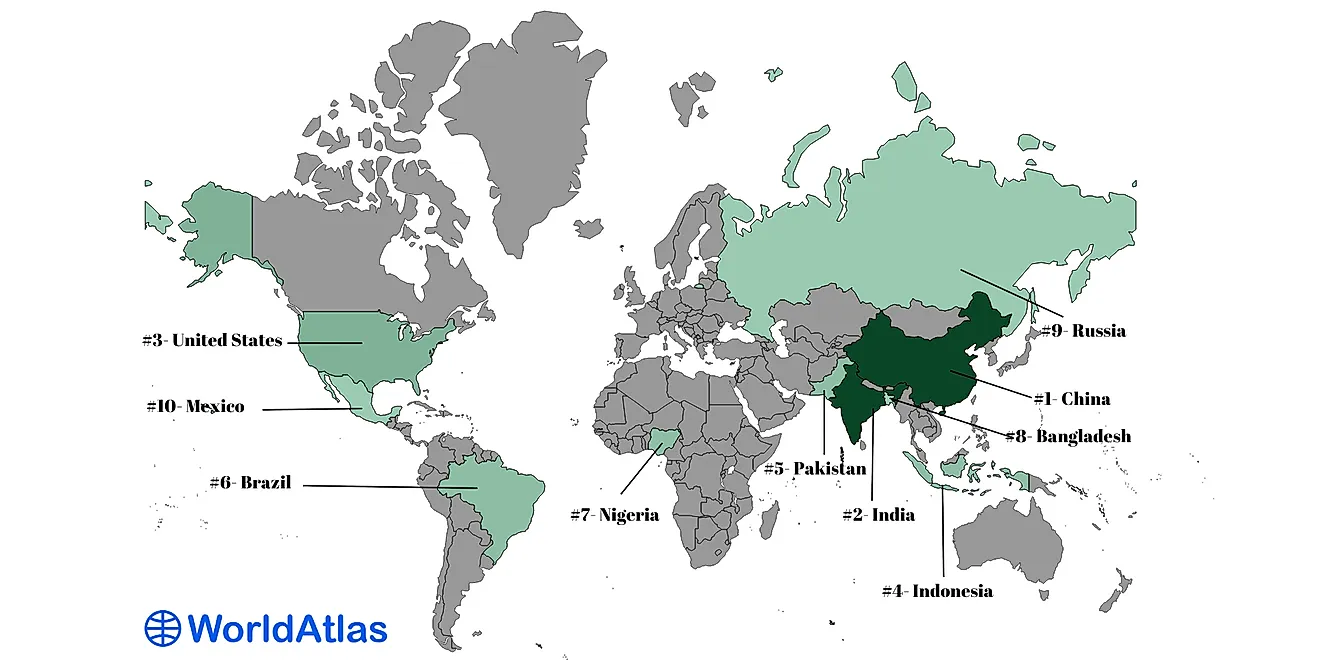Which Countries Border South Sudan?

The Republic of South Sudan attained independence in 2011, making it the youngest nation in Africa. South Sudan covers an area of roughly 239,285 square miles and is located in the eastern and central parts of the continent. Historical evidence indicates that several population groups, such as the Dinka, Nuer, and Acholi peoples, inhabited what is present-day South Sudan before the start of the 10th century. After becoming an independent nation, South Sudan inherited several parts of the border of the previously unified Republic of Sudan. According to the CIA World Factbook, the current boundaries of South Sudan cover a length of roughly 3,740 miles. South Sudan shares its land boundaries with six nations: the Central African Republic (CAR), Kenya, Uganda, Ethiopia, the Democratic Republic of the Congo (DRC), and Sudan.
The Central African Republic (CAR)
The boundary that separates South Sudan from the CAR is approximately 655 miles long and is located along the western side of South Sudan. Several rivers cross the border between the two countries, such as the Lol River and the Pongo River. There are several towns located on the South Sudanese side of the border, such as Ezo, Li Yubu, and Tambura.
Refugee Crisis
There is significant South Sudanese population that has fled across the border to the Central African Republic. By 2016, more than 4,000 South Sudanese refugees fled across the border and were living in the village of Bambouti. Most of the refugees in Bambouti were living in extremely poor conditions, and the refugee crisis has strained the relationship between South Sudan and the Central African Republic.
Uganda
Uganda and South Sudan are separated by a boundary that is roughly 295 miles in length and is situated on the southern side of South Sudan. The Albert Nile flows from Uganda and crosses the border into South Sudan. There are various towns situated on the Ugandan side of the border, the most prominent being Yumbe, Moyo, and Adjumani. Towns located on the South Sudanese side of the border include Kajo Keji, Opri, and Lofusa.
Relationship with Uganda
Uganda and South Sudan have strong ties, in part due to the significant South Sudanese population living in Uganda. After South Sudan became an independent nation, the government strengthened its relations with the Ugandan government through economic and social cooperation.
Border Dispute
One of the major stumbling blocks in the relationship between South Sudan and Uganda was a dispute over a section of the border in the Kajo Keji region. In a bid to resolve the issue, the leaders of the two nations met in 2010, and it was agreed that Ugandan surveyors would inspect the region in 2011.
Ethiopia
South Sudan and Ethiopia are separated by a border that is roughly 800 miles long and situated on the western edge of South Sudan. There are some distinct features on the South Sudanese side of the border, such as the Kenamuke Swamp and the Kobowen Swamp. The Sobat River crosses the border from the Ethiopian side to South Sudan.
Refugee Crisis
Due to the political turmoil in South Sudan, a large number of refugees fled across the border to Ethiopia. Most of the refugees who fled to Ethiopia fled into the Gambella region. In order to reduce the impact of the refugee crisis, the Ethiopian government has attempted to help the South Sudanese government settle its political disputes.
Democratic Republic of the Congo (DRC)
South Sudan and the DRC is separated by a border which runs for roughly 444 miles long and is situated on the southwestern edge of South Sudan. There are several towns located on the South Sudanese side of the border, the most well-known being Yambio, Maridi, and Roue.
Refugee Crisis
Due to political turmoil in South Sudan, a significant number of refugees have fled across the border to the Democratic Republic of the Congo, primarily to the town of Dungu. The massive number of refugees has caused tensions between the South Sudanese and Congolese people.
Sudan
Sudan and South Sudan are separated by a border that is roughly 1,341 miles long and is situated on the northern edge of South Sudan. The boundary between the two nations is one of South Sudan's most disputed borders due to the economic resources located along the border.
Border Dispute
The governments of South Sudan and Sudan have been locked in a dispute over the control of some regions, such as the Abyei Area and the Kafia Kingi area. The Abyei Area was supposed to have a referendum to determine whether to remain part of Sudan or to join South Sudan, but due to constant instability, the referendum was postponed.
Oil Dispute
South Sudan and Sudan have also been involved in a dispute over oil transportation. The South Sudanese government claimed that the Sudanese government was stealing oil during transit to Port Sudan. The Sudanese government, however, claimed that the oil it took from South Sudan was a fee for allowing South Sudan to use its pipeline.
Kenya
South Sudan and Kenya are separated by a border roughly 197 miles long that is located on the southeastern side of South Sudan. One of the major towns in the area is Nagishot, which is located on the South Sudanese side of the border. On the Kenyan side, the boundary is located close to Lake Turkana, one of the nation's major lakes.
Relationship with Kenya
The relationship between Kenya and South Sudan dates back to the period before South Sudan became an independent nation. Kenya played a significant role in South Sudan's struggle for independence, as it was the site for the signing of the 2002 Machakos Protocol. Several South Sudanese leaders lived in Kenya before the nation attained its independence. Kenya and South Sudan cooperate on certain issues such as trade and infrastructural development.
Border Security in South Sudan
Due to constant political instability in South Sudan, the government has had a difficult time securing the border. The government cooperates with neighboring countries to keep its borders safe and to overcome the challenges it faces.

